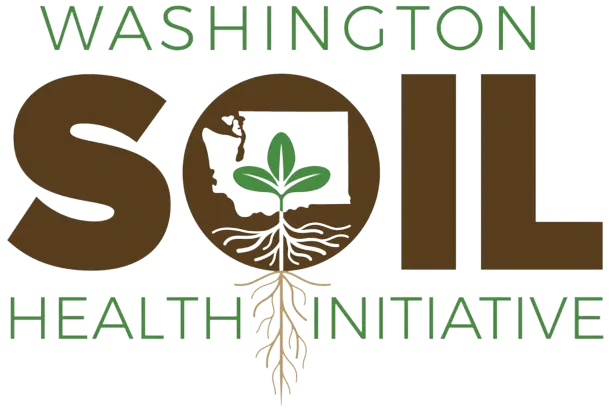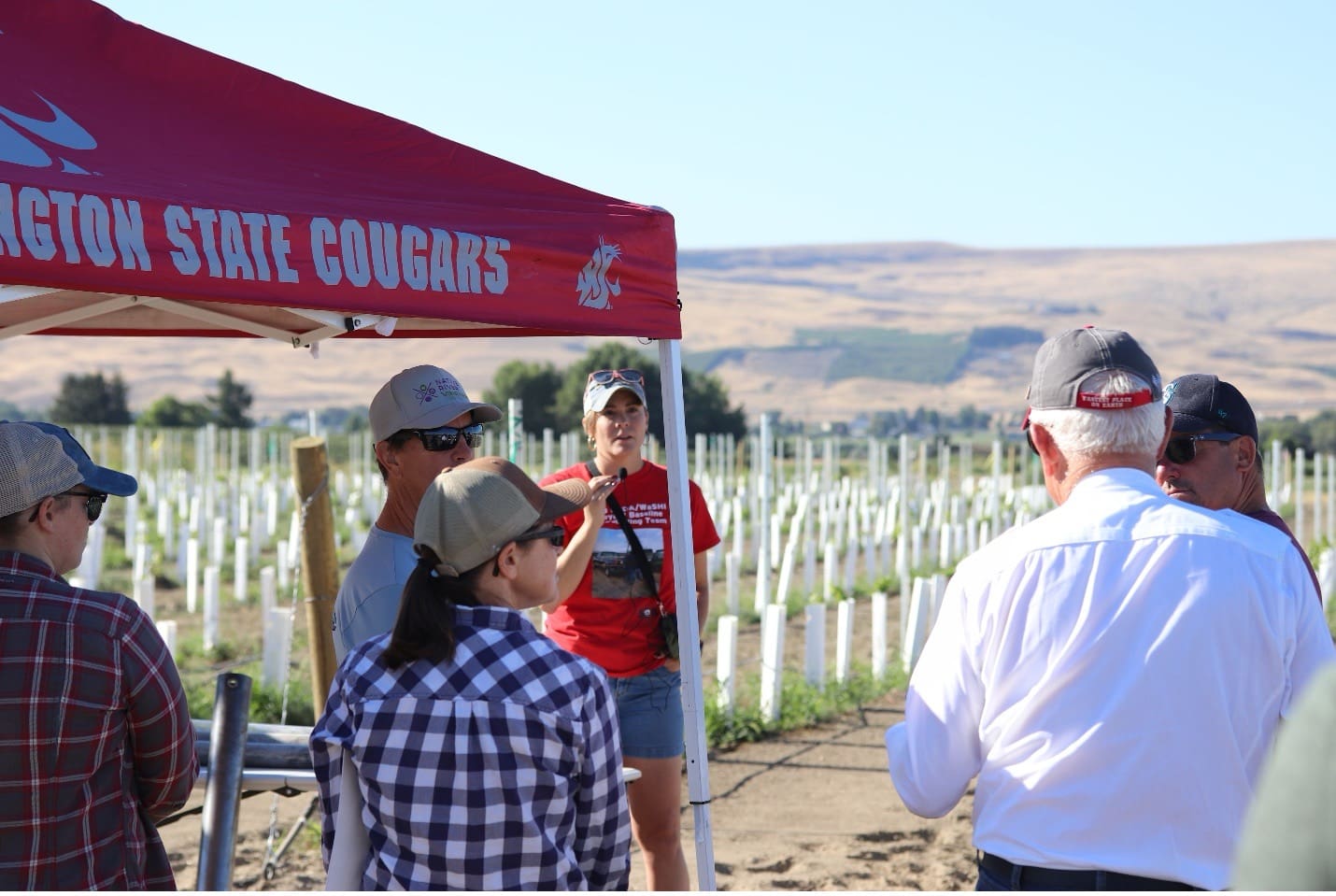
With Grape Ideas Comes Grape Collaboration
With guidance from stakeholders, the Eastern Washington Wine Grape LTARE site is investigating how various vineyard management practices impact soil health, vine vigor, grape quality, and wine characteristics over time.
December 13, 2023
Author: Elizabeth Gillispie
Washington state welcomed its first long-term soil health research vineyard this summer at the Irrigated Agriculture and Research Extension Center in Prosser. To the best of our knowledge, this is the first publicly funded long-term research vineyard specifically designed to study management practices on soil health in the United States. This vineyard is one of six long-term agroecological research and extension (LTARE) sites representing Washington’s diverse agricultural systems as part of the Washington Soil Health Initiative (WaSHI). The LTARE vineyard is designed to evaluate management practices on soil health, vine health, grape quality, and wine quality.
Wine-grape systems are as unique as the people who work in them. Vineyards are often managed based on a desired product, such as a specific style of wine or tonnage, where different management styles can influence the characteristics of a grape at harvest. Matias Kusulas, Head Winemaker and Viticulturist at Gard Vintners and Desert Wind Winery discussed with us the importance of including a more comprehensive testing approach to the long-term soil health research vineyard.
“When experimenting with different soil health treatments and vineyard management practices, desired yields and fruit quality must be taken into consideration, as high production vineyards might have different nutrient and water demands than high quality, low production sites,” said Kusulas.
“Understanding vine balance is of the utmost importance when it comes to vineyard management and soil amendments; the balance between vegetative vigor and fruit load has a direct correlation with adequate fruit production, fruit quality, and desired wine style.” So, while this research site is primarily focused on strategies to improve soil health, the aspects of grape production that are critical for the growers are also being measured, like grape and wine quality – that’s what we wine lovers care most about, too, right?
Making More Than Just ‘Grape’ Friends
This long-term research vineyard has sought the feedback of growers from all over Washington (see WaSHI Roadmap) to dictate the type of management practices growers want to learn more about. On top of that, the vineyard seeks input and feedback from its very own advisory committee to ensure that all aspects of vineyard management, grape growing, and wine making are included.
Current advisory committee members are listed below.
- Dick Boushey, Owner and Vineyard Manager, Boushey Vineyards
- Sarah Del Moro, Vineyard Manager, Wyckoff Farms, Inc.
- Elizabeth Gillispie, Research Soil Scientist and LTARE Project Manager, WSU
- Melissa Hansen, Research Program Director, WA Wine Commission
- Kody Hartley, Viticulture Specialist, Welch’s
- Catherine Jones, Viticulture and Specialty Crop Consultant, Wilbur Ellis
- Markus Keller, Professor and Chateau Ste. Michelle Distinguished Professor in Viticulture, WSU
- Matias Kusulas, Head Winemaker and Viticulturist, Gard Vintners and Desert Wind Winery, Lawrence Vineyards
- Michelle Moyer, Professor and Viticulture Extension Specialist, WSU
- Troy Peters, Professor and Extension Irrigation Engineer, WSU
- Patrick Rawn, Vineyard Operations, Two Mountain Winery
- Devin Rippner, Research Soil Scientist, USDA-ARS; Adjunct Professor and LTARE PI, WSU
- Russell Smithyman, Grower Outreach Educator, E&J Gallo
- Julie Tarara, Viticulturist, Results Partners
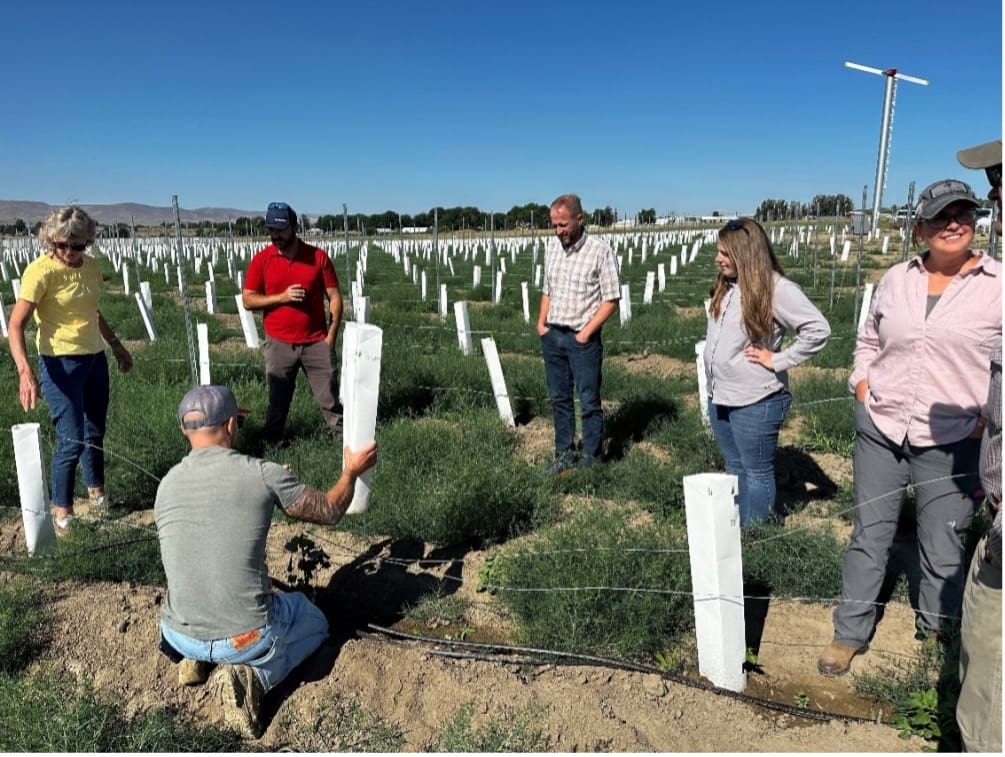

Learning with and from the community
Members of the wine and juice grape community are heavily involved in this project, leading to collaborations with scientists, extension specialists, commercial wine and juice grape growers, crop advisors, viticulturists, vineyard managers, and others. Many of the decisions being made are because of these stakeholder inputs. During a field day, a stakeholder came up to us and mentioned how our field had been rototilled. He highlighted how this would impact soil health and asked what our plan was moving forward. We were excited to see this kind of interest and knowledge from growers. The vineyard will take on a minimal to no-till approach moving forward. We also look forward to input and collaboration with juice grape growers. Kody Hartley, Viticulture Specialist at Welch’s and member of the vineyard’s advisory committee, provided key input that shaped the management practices in the vineyard involving cover crop to ensure practices are applicable to wine and juice grape systems. "We are starting to see more and more growers utilize cover crops in row middles to help with a duality of things, both organic materials being raised in soil as well as a tool for weed suppression. These crops would need to be easily manageable as well as beneficial to the overall soil health". Having such a diverse group of individuals contributing their experiences, challenges faced, and expertise makes this research more relevant to stakeholders and increases their interest in the work being conducted. It also allows for the on-going findings of this research vineyard to be communicated to a wider audience, directly impacting our community throughout the course of the project.



Funding sources
The LTARE soil health research vineyard is funded by the state of Washington thanks to growing interest from stakeholders on the impact of soil health management practices in vineyards. Devin Rippner, lead PI of the LTARE vineyard, has secured USDA-ARS funds for equipment and collaboration with other USDA scientists on site. Melissa Hansen, Research Program Director of the Wine Commission and member of the vineyard’s advisory committee is also excited about this collaboration. “As proof of the importance of the soil health research vineyard, the Washington Wine Commission made a long-term financial commitment to supplement funds for the vineyard to ensure its success,” Hansen said. “The demonstration component of the research vineyard will be a great bridge between industry and scientists and will give growers opportunities to see research up-close.” The support of the WA Wine Commission has been critical in ensuring this research is guided and driven by industry needs.
Pacific Northwest National Laboratory
Scientists at the Pacific Northwest National Laboratory have gained interest in the soil health research project as well. Rippner is currently working with them to conduct further experiments on the vineyard utilizing their computerized x-ray imaging. Yep, that’s right, a CT scan for the soil! The collaboration is not one-sided, however, as PNNL scientists have come to rely on the vineyard’s Giddings soil sampling probe and technical expertise from USDA-ARS Biological Technician, Brandon Peterson, for various field projects.
Washington Department of Ecology
Another external collaboration includes the Washington State Department of Ecology, where Elizabeth Gillispie, soil scientist and project manager of the LTARE vineyard, teamed up this past summer with Melanie Redding, Department of Ecology’s hydrogeologist, and installed several groundwater monitoring wells around the vineyard. This work aims to help identify land-use management practices effective in reducing nitrate migration in the subsurface.
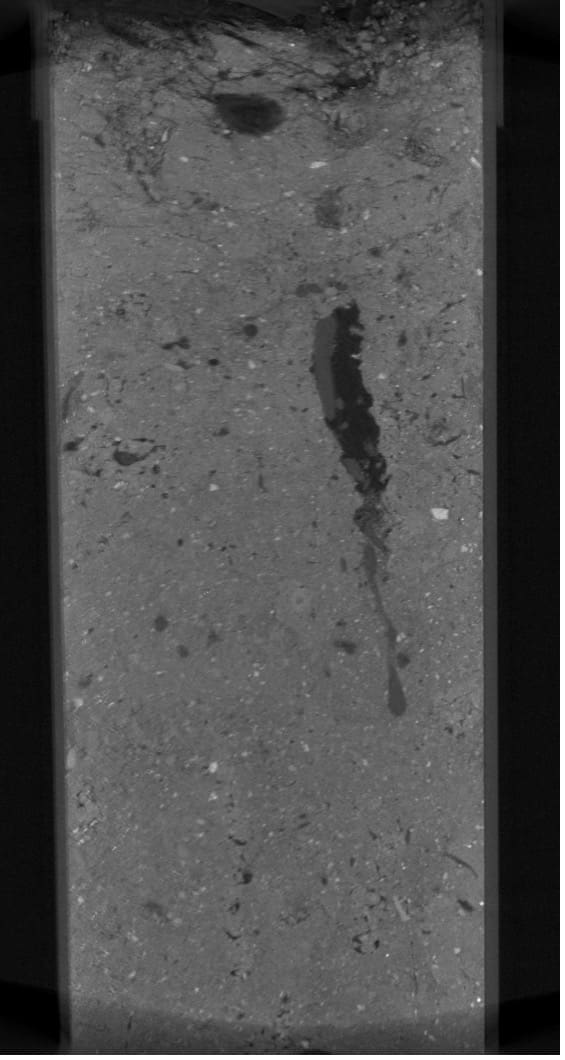

Be a part of this ‘grape’ project
Our team strives to hear the perspectives of those in our community and look forward to watching the LTARE vineyard project grow because of YOU! Be on the lookout for surveys, field days, engagement opportunities and local conferences to get involved. Thank you to our industry community for all your support and we are looking forward to finding ‘grape’ solutions with you!
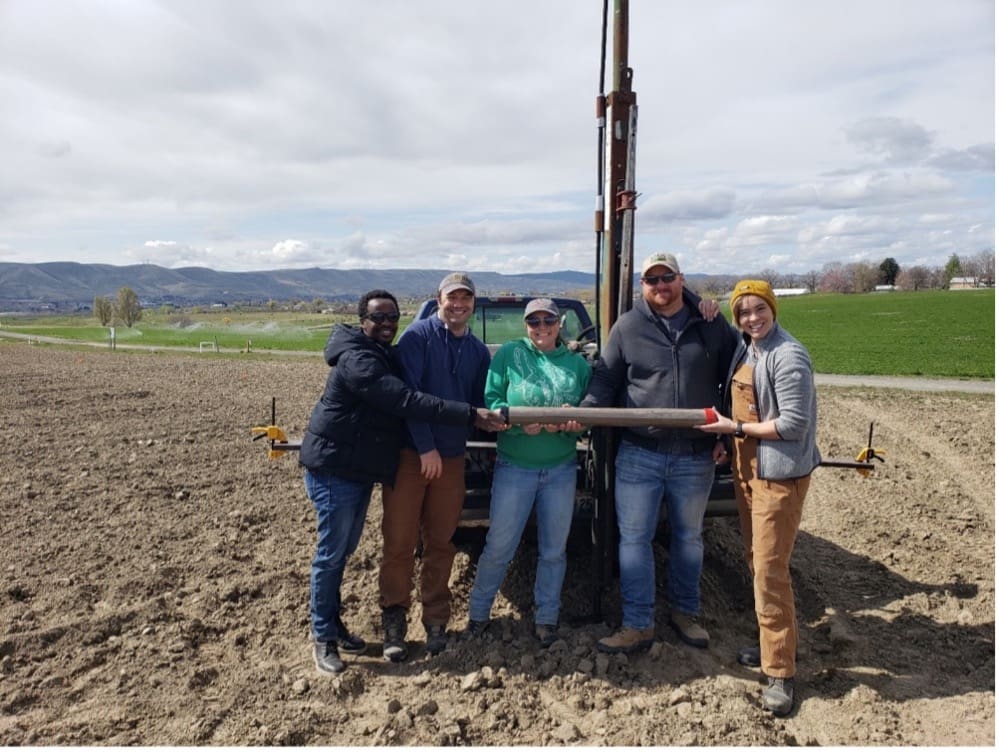



Elizabeth Gillispie
Elizabeth is a Research Soil Scientist with Washington State University working as the vineyard manager at the Washington State Soil Health Initiative Long-Term Agricultural Research and Extension Vineyard.
This article was published by the Washington Soil Health Initiative. For more information, visit wasoilhealth.org. To have these posts delivered straight to your inbox, subscribe to the WaSHI newsletter. To find a soil science technical service provider, visit the Washington State University Extension website or the Washington State Conservation District website.
